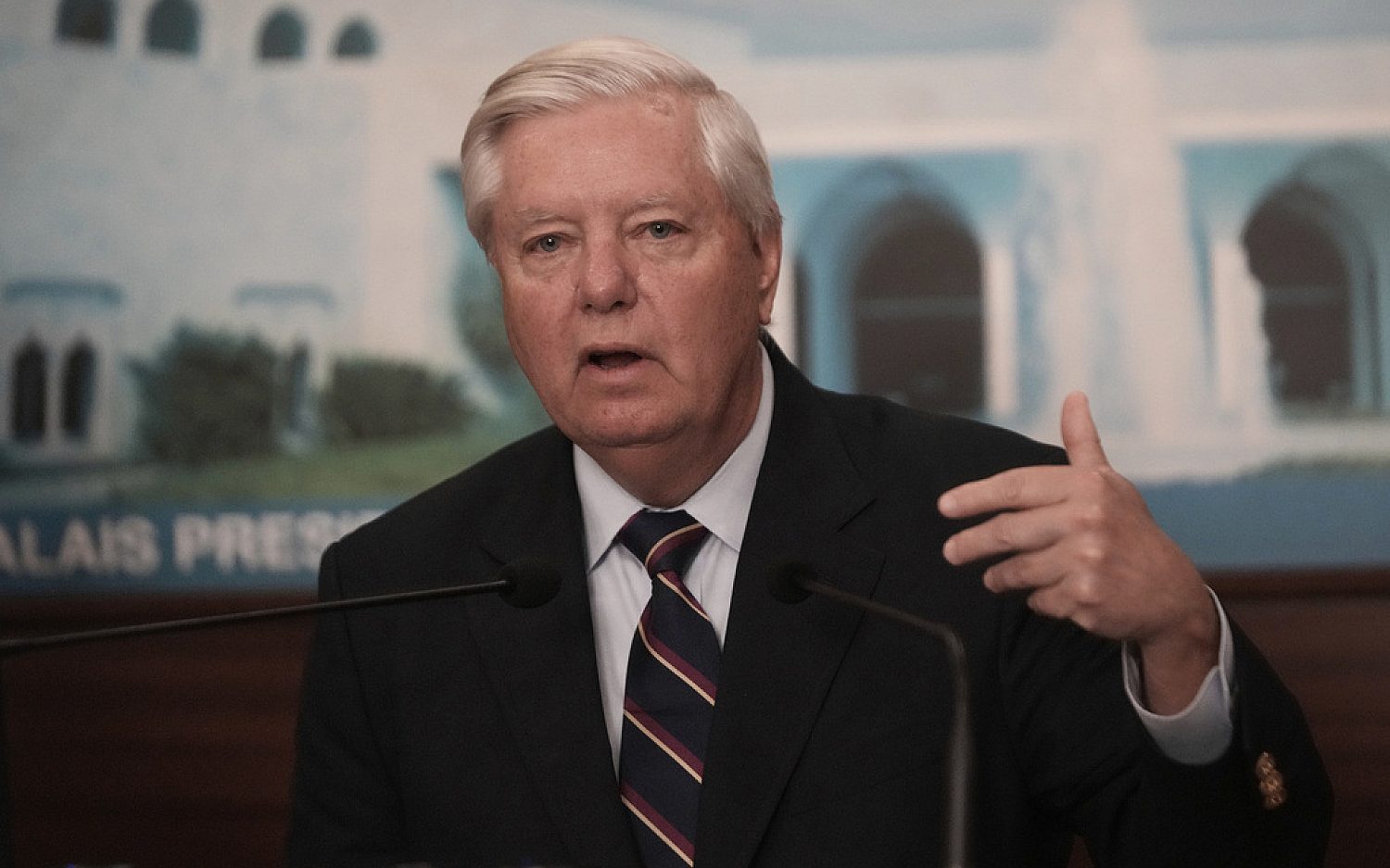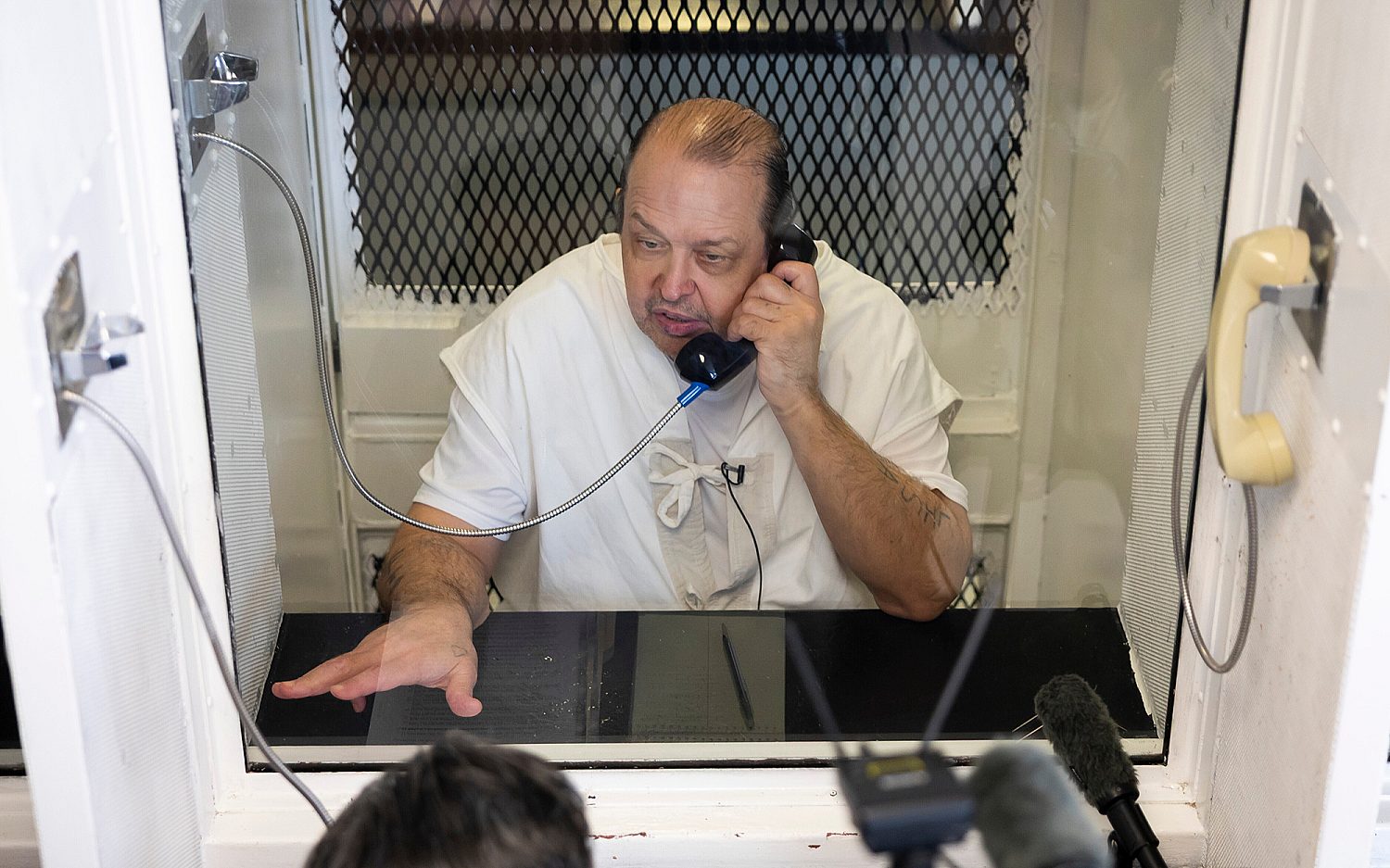Cellphone dead? Get a latte and bring it back to life.
Starbucks is working on a plan to give its customers not only a caffeine fix, but also a battery boost for their cellphones. The company’s investment in wireless phone chargers signals that the revolution against charging cables could be underway.
Last month, Starbucks announced it had begun a national rollout of wireless phone chargers in its 7,500 company-owned stores in the United States. In a partnership with Duracell Powermat, Starbucks will integrate wireless chargers into the tables or counters where customers sit their coffee cups. Ran Poliakine, Powermat’s CEO, spoke with CNN last month about the rollout.
“I think the product we’re trying to sell is very simple,” he said. “When you’re out and about the city, you’re running out of battery. You’re getting into Starbucks, you place your phone on the counter and you get a charge while you’re having your coffee. This is a very intuitive kind of service that we think has a lot of potential.”
Survey after survey shows smartphone users often experience “battery anxiety”—the fear of running out of power when they need it most. Public wireless charging stations are like gas stations for phones or tablets, providing a reassuring electric power infrastructure that compensates for less-than-ideal battery life.
Charging electronic devices wirelessly also eliminates the weaknesses associated with a physical connection. Charging ports are frequently the first hardware component to fail in an e-reader, phone, or digital camera.
The physics behind wireless charging has been known for more than 150 years. British scientist Michael Faraday discovered the principle of magnetic induction in 1831. Electricity passing through a wire creates a magnetic field around the wire. If a second wire is placed near that electromagnetic field, an electric current is induced in the second wire. Inventor Nikola Tesla dramatically demonstrated the effect by remotely powering light bulbs around the turn of the 20th century. But widespread application of electromagnetic induction for wireless power is practical now because of the prevalence of low-power devices such as smartphones.
A group of nearly 200 technology companies formed the Wireless Power Consortium, or WPC, in 2008 and created the first international wireless power standard, called Qi (pronounced “chee”). A second Qi-based standard emerged in 2012 with the formation of the Power Matters Alliance (PMA). But just like in the competition between technology standards—think VHS vs. Betamax or Blu-Ray vs. HD-DVD—a newer technology for wireless power transmission emerged in the last couple of years. Based on magnetic resonance rather than induction, the Alliance for Wireless Power standard, or A4WP, allows for flexibility in wireless charging.
The Starbucks charging stations are based on the PMA standard and have to be physically mounted into the furniture. But the A4WP-based charging stations don’t require direct contact between the phone and the charging pad. Users can even charge multiple types of devices with differing power requirements in the same area.
Already this year the PMA and the A4WP have signed a preliminary agreement to adopt each other’s technologies. More and more smartphone manufacturers are turning out devices with integral wireless charging. Many of those are dual-mode, supporting both standards.
With cordless power readily available, the 100-year-old technology of the wall socket could be a thing of the past, at least for small, rechargeable devices.
Listen to Michael Cochrane’s full report on wireless charging on The World and Everything in It:
An actual newsletter worth subscribing to instead of just a collection of links. —Adam
Sign up to receive The Sift email newsletter each weekday morning for the latest headlines from WORLD’s breaking news team.




Please wait while we load the latest comments...
Comments
Please register, subscribe, or log in to comment on this article.